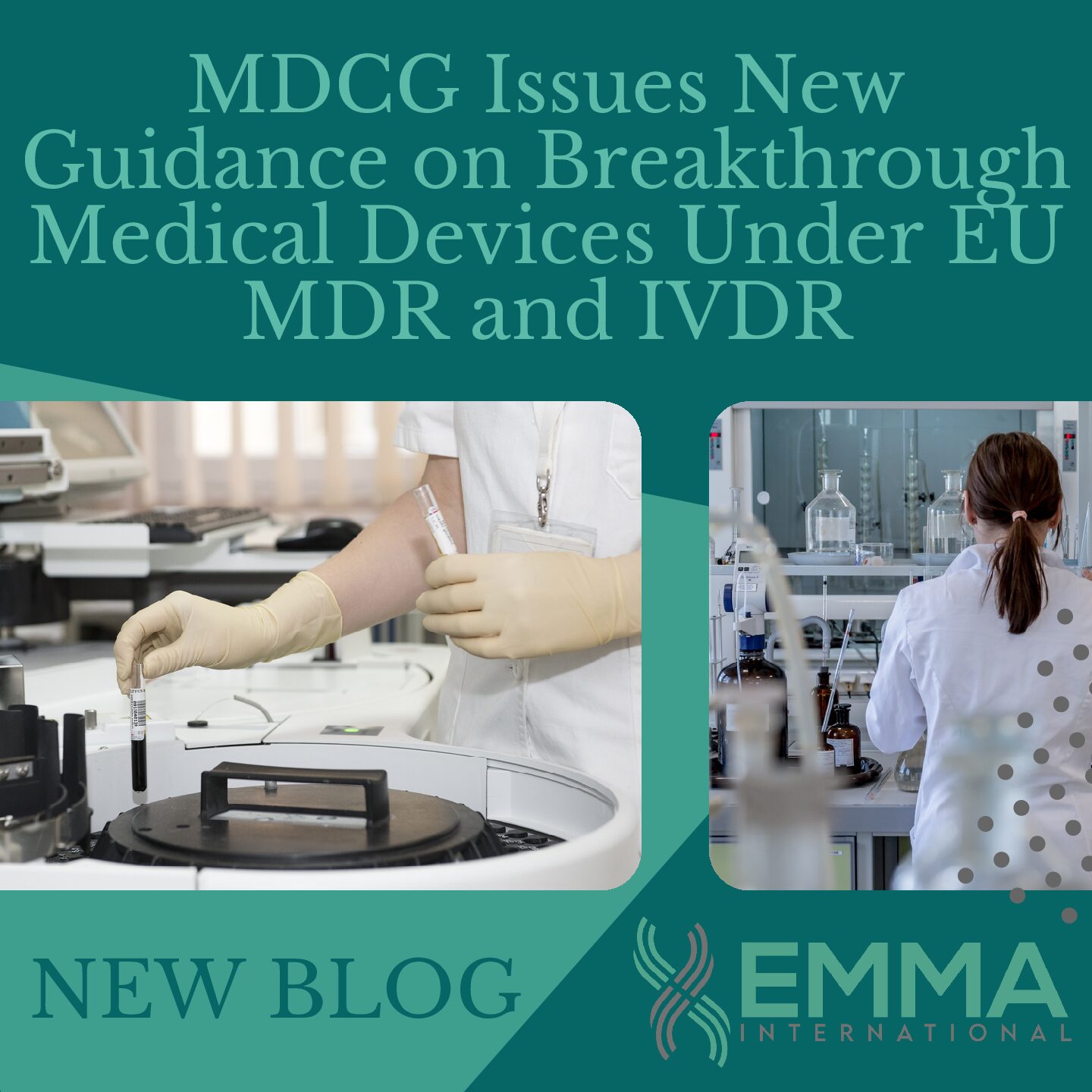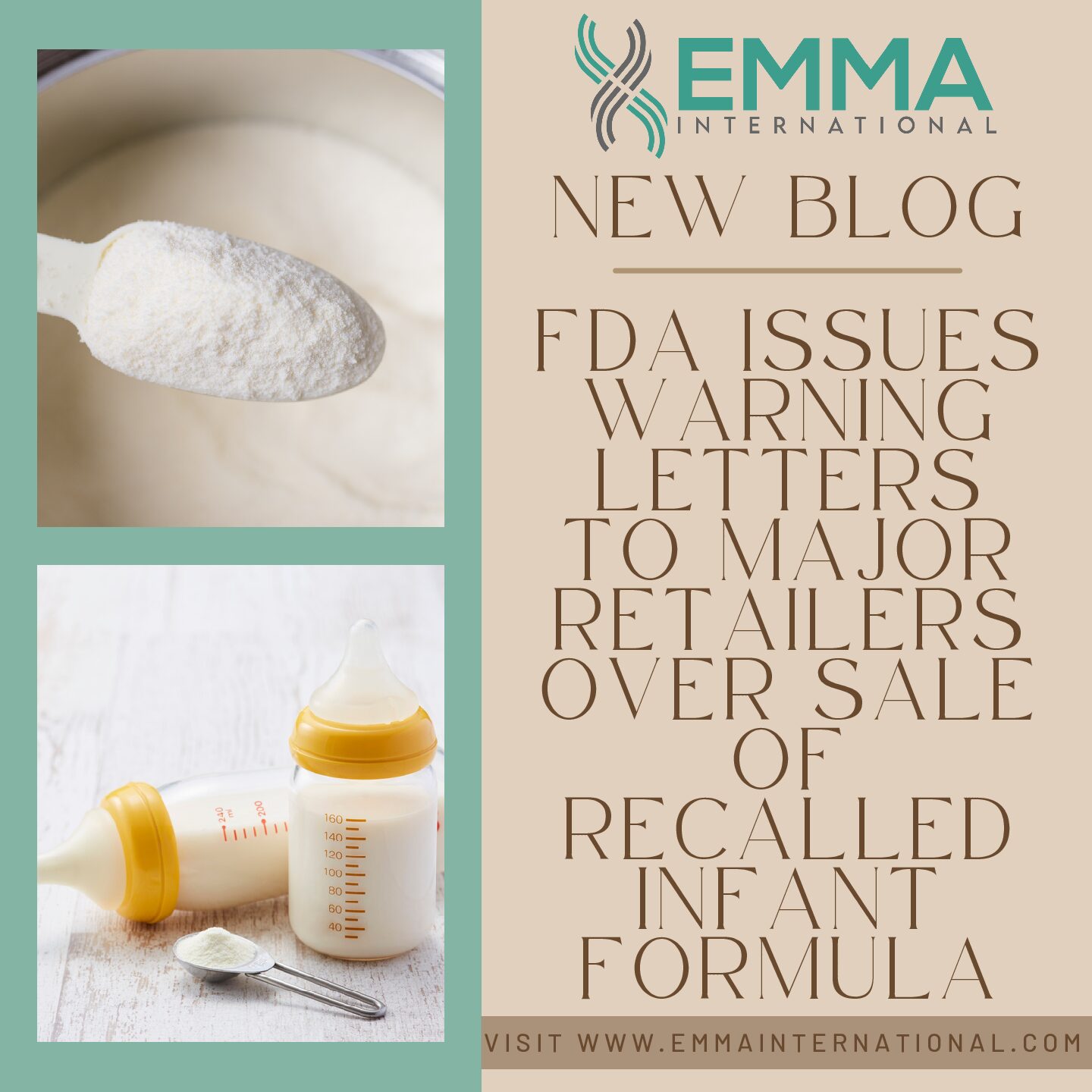In the realm of pharmaceuticals, compounding plays a crucial role in customizing medications to meet specific patient needs. Compounding pharmacists mix and prepare medications tailored to individual prescriptions, particularly beneficial for patients with unique medical conditions or those who require dosage forms not commercially available. In the United States, the practice of compounding is regulated under sections 503A and 503B of the Federal Food, Drug, and Cosmetic Act (FD&C Act). This blog will discuss the regulations surrounding 503A compounding, which governs traditional pharmacy compounding.
Section 503A of the FD&C Act provides a regulatory framework for compounding pharmacies that prepare medications for individual patients based on specific prescriptions. These compounds must be made by licensed pharmacists or physicians and are not intended for mass production or distribution.
One of the primary requirements of 503A compounding is that each compounded medication must be prepared based on a valid prescription for an identified individual patient. This ensures that the medication is customized for the patient’s specific medical needs.
Additionally, compounding under 503A must comply with the United States Pharmacopeia (USP) standards. These standards provide guidelines on the quality, strength, purity, and consistency of compounded medications, ensuring they meet rigorous safety and efficacy criteria.
Compounded medications under 503A cannot include ingredients that have been withdrawn or removed from the market for safety or efficacy reasons. The FDA maintains a list of such ingredients, and compounding pharmacies must adhere to this list. Only bulk drug substances that appear on a list established by the FDA, or that comply with applicable USP or National Formulary monographs, can be used in 503A compounding. This is to ensure that only high-quality ingredients are used in the compounding process.
503A prohibits pharmacies from advertising or promoting specific compounded drugs. However, they can advertise compounding services generally, provided they do not emphasize specific compounded products.
The oversight of 503A compounding pharmacies primarily falls under state boards of pharmacy, with the FDA providing additional oversight to ensure compliance with federal standards. While the FDA does not routinely inspect 503A pharmacies, it may do so in response to complaints or in cases where there is a potential risk to public health.
In recent years, the regulatory landscape for 503A compounding has seen significant developments aimed at enhancing patient safety. The Drug Quality and Security Act (DQSA), enacted in 2013, was a pivotal piece of legislation that reinforced the distinction between 503A and 503B compounding and introduced more stringent regulations.
Despite these efforts, challenges remain. Ensuring consistent quality across compounding pharmacies, managing the regulatory burden, and balancing access to compounded medications with safety concerns are ongoing issues that stakeholders must navigate.
503A compounding serves a vital role in the healthcare system by providing customized medications to meet individual patient needs. The regulations under section 503A of the FD&C Act aim to ensure that these compounded medications are safe, effective, and of high quality. As science and technology advance, pharmaceutical development has become more demanding than ever. No matter how complex the therapy or how expansive the data, EMMA International helps you meet critical milestones on time and on budget. Call us at 248-987-4497 or email info@emmainternational.com to learn more.
FDA (June 2018) Section 503A of the Federal Food, Drug, and Cosmetic Act retrieved from: https://www.fda.gov/drugs/human-drug-compounding/section-503a-federal-food-drug-and-cosmetic-act





